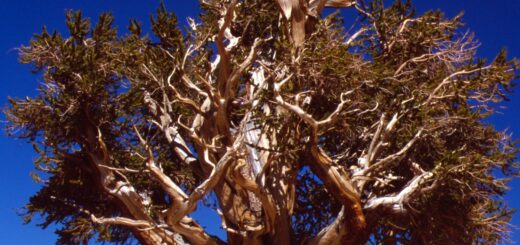Pyramidal Orchid – A Hidden Gem of Wildflower Meadows
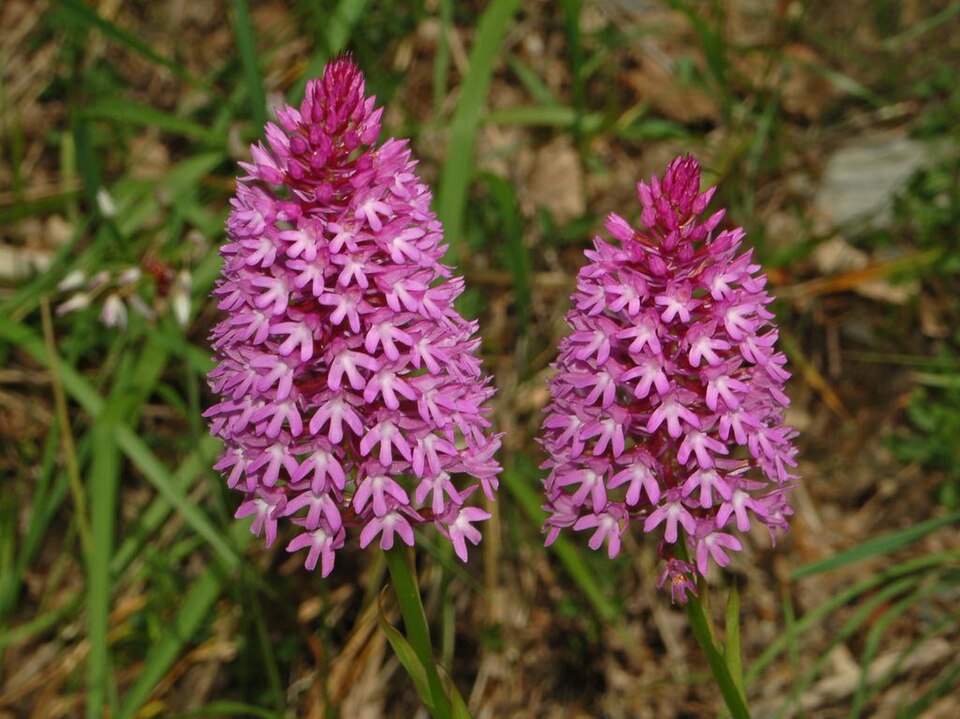
If you’ve ever wandered through a sun-drenched meadow in late spring or early summer and spotted a vibrant, pinkish-purple spike rising proudly among the grasses, chances are you’ve encountered the Pyramidal Orchid (Anacamptis pyramidalis). This striking wildflower is one of the most charismatic and easily recognizable orchids in Europe, and it has a fascinating story to tell, from its unique shape to its surprising ecological relationships.
What Makes It “Pyramidal”?
The Pyramidal Orchid gets its name from the distinctive shape of its flower head. When it first blooms, the flower cluster forms a tight, pointed pyramid. As the season progresses, the inflorescence elongates and becomes more cylindrical, but its neat, geometric beginnings remain one of its most striking features.
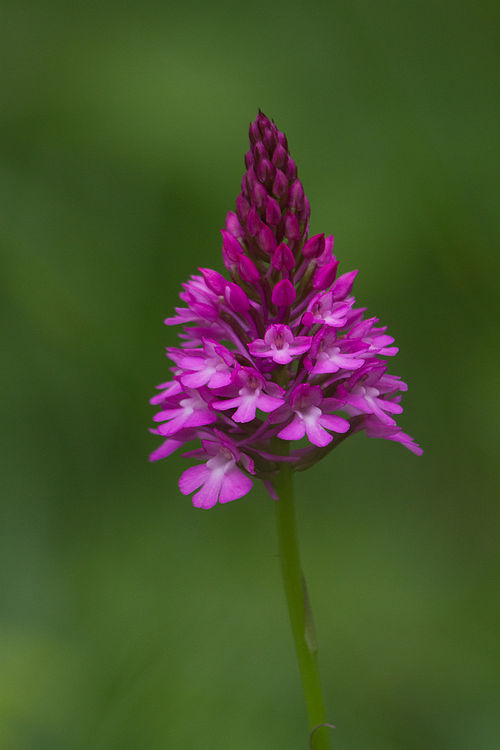
(Anacamptis pyramidalis) Pyramidal Orchid – Creative Commons | Author: Philippe Moret – Source: https://commons.wikimedia.org/wiki/File:Anacamptis_pyramidalis_3.jpg
Where Can You Find It?
Native to Europe and parts of the Mediterranean, the Pyramidal Orchid prefers dry, calcareous soils and is commonly found in meadows, grasslands, dunes, and even roadside verges. In the UK, it’s considered relatively common in the south but becomes rarer as you head north.
Its habitat preferences mean it often thrives in areas with low nutrient levels, where other aggressive plant species don’t dominate, making it an important indicator of healthy, species-rich grassland.
A Master of Pollinator Trickery
Though the Pyramidal Orchid produces no nectar, it’s remarkably successful at attracting pollinators, particularly butterflies and moths, including the six-spot burnet moth. How? Through a clever bit of deception. Its bright color, sweet scent, and the shape of its flowers mimic those of nectar-rich plants, luring in unsuspecting insects.
When an insect lands on the flower, it accidentally picks up pollinia (pollen packets) which are then transferred to the next flower it visits, ensuring cross-pollination. Nature’s sleight of hand at its finest.
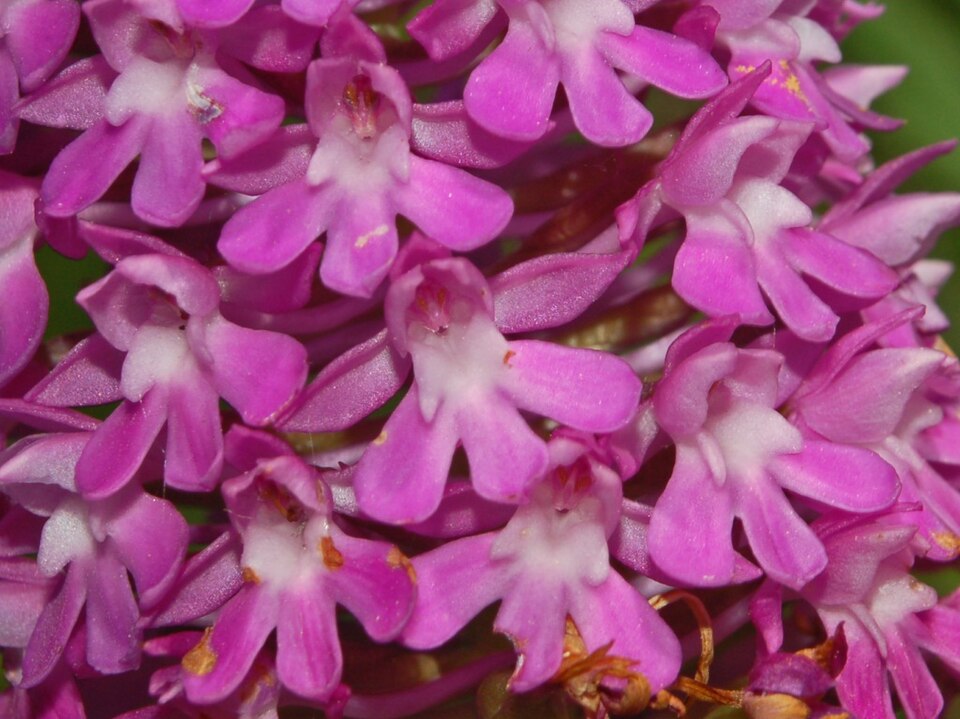
Pyramidal Orchid Close-up flower, Genova, Italy – Creative Commons | Author: Hectonichus – Source: https://commons.wikimedia.org/wiki/File:Orchidaceae_-_Anacamptis_pyramidalis-5.JPG
Conservation and Curiosity
Though still widespread, the Pyramidal Orchid’s future isn’t guaranteed. As traditional meadow habitats decline and land is developed or farmed intensively, the delicate ecosystems these orchids depend on are shrinking. Conservation efforts focused on preserving wildflower meadows are vital to keeping this and many other native species thriving.
If you’re lucky enough to spot one in the wild, enjoy it where it grows, these orchids are protected in many regions, and they do best undisturbed in their natural environment.
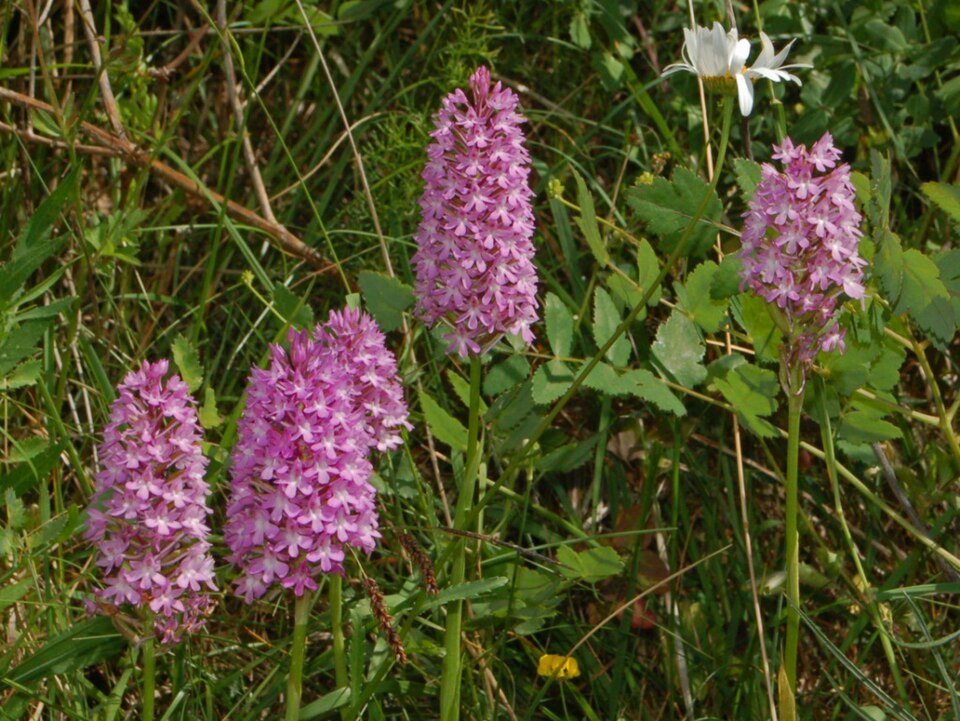
Plants of Pyramidal Orchid – Creative Commons | Author: Hectonichus – Source: https://commons.wikimedia.org/wiki/File:Orchidaceae_-_Anacamptis_pyramidalis-4.JPG
A Symbol of Natural Beauty
The Pyramidal Orchid is more than just a pretty flower, it’s a symbol of biodiversity and the intricate connections that hold ecosystems together. It’s a reminder that even in the humblest of places, roadside verges, chalky hillsides, and windswept dunes, there’s extraordinary beauty waiting to be found.
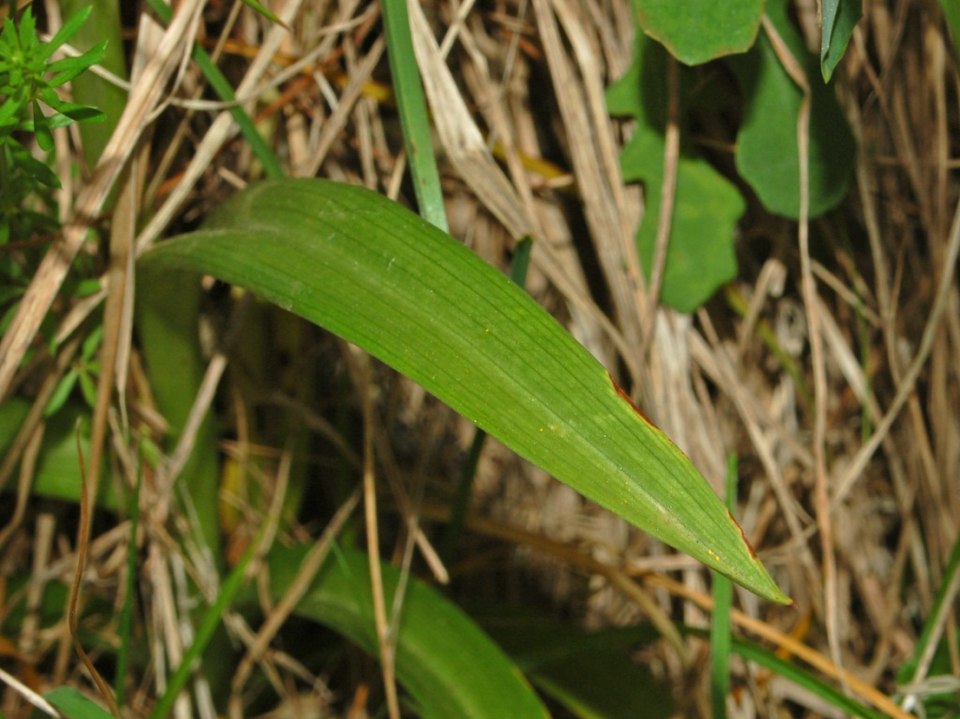
Leaf of Pyramidal Orchid – Creative Commons | Author: Hectonichus – Source: https://commons.wikimedia.org/wiki/File:Orchidaceae_-_Anacamptis_pyramidalis.JPG
So next time you’re out walking in the countryside, keep an eye out for that pyramid-shaped burst of pink. The Pyramidal Orchid might just be waiting to surprise you.
References:
https://en.wikipedia.org/wiki/Anacamptis_pyramidalis


